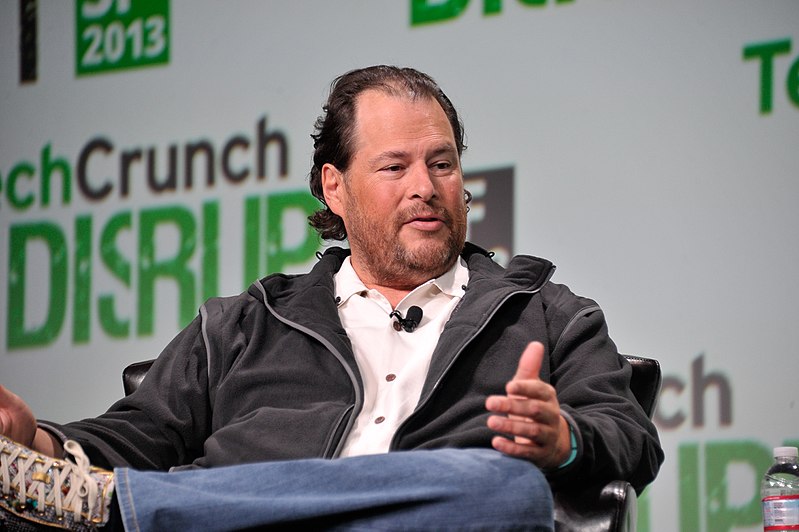Blake Ross – The Founder of Firefox
Achieving great heights of success in a young age is not everyone’s cup of tea. A passion for work and dedication towards it is demanded rigorously. The technological evolution has made young minds sharp and enthusiastic to create more and more customer service based applications. For example, one of the most used and most preferred internet browser Mozilla Firefox is the application developed by one such genius youngster Blake Aaron Ross.
Early Life
Born on 12th June, 1985 in Miami, Florida, United States, Blake was raised by his highly qualified parents in the Key Biscayne area. His mother is a psychologist and father is a lawyer. Blake’s interest in software development arose at quite an early age. He completed his high school from Gulliver Preparatory School in Miami and graduated in 2003 from Stanford University. Blake’s first individual project was his first website named America Online which he developed at the mere age of 10. As his interest grew through the Sim City show Blake started creating small video games. And while he was graduating he simultaneously worked for Mozilla in California.
Blake’s interest in programming took a new leap when Netscape became open-source and he joined as an intern at the age of 15.
The Firefox Project
The name ‘Blake Ross’ is known as the name behind creating Mozilla Firefox web browser. Along with his two colleagues Dave Hyatt and Joe Hewitt, Ross conceived the idea of developing a user-friendly web browser. The idea was born when Ross and Hewitt were working on an open-source project. Soon, they put this idea into programming codes and developed the first version of Firefox and released it to the world on 9th November, 2004. Blake Ross was just 19 when the first version was released.
The first version of Firefox drew massive attention worldwide. Due to its user-friendly interface Firefox instantly became popular among the people and just within a month of its launch the application was downloaded 100 million times. The project saw it’s yet another success just within a year when Firefox became the most preferred web browser all over the world. He also published a book named ‘Firefox for Dummies’ on January 11, 2006.
A Parallel Venture
Along with the massive success of Firefox Ross kept working on his newer creative ideas to make internet more accessible and simple place. One such ideas Ross worked on was his startup named Parakey. Through this new user interface Ross aimed at bridging the gap between web and desktop. Parakey was developed by Ross along with Hewitt in 2006. Parakey was featured on the cover page of IEEE Spectrum Magazine in November, 2006 issue. Just a year later, i.e. in 2007, Facebook saw the potential in Parakey and purchased it for a muli-million price.
Driving Force Behind Firefox
From his early childhood interest in programming, which eventually led to the development of world’s most preferred web browser, Blake Ross has come a long way. The main driving factor behind the development of Firefox was his experiences during the internship at Netscape. He used to face lot of troubles in the browser he used to work on. And, other driving force was his mother’s frustrated experience with internet explorer. Ross then thought of developing something small yet powerful and simple to use. And, thus, was born Firefox.
Blake Ross’ Profile and Achievements
Blake’s constant working on newer ideas created a buzz among the companies. Soon after Parakey was purchased by Facebook, Blake Ross joined Facebook in 2007 and worked as Director of Product till 2013. He resigned from Facebook in 2013 to focus on his other interests. Ross has received multiple renowned awards and nominations for top magazines including the nomination for top Rave award of Wired magazine, Renegade of the year, etc. In 2005 Ross was listed on Rolling Stone magazines hot list.
Ross, from his experiences in the industry he works in, wrote a fan fiction original screenplay for HBO’s sitcom Silicon Valley. The TV series grabbed a lot of attention and went on to become popular among the audiences worldwide.
Personal Life
Ross, 30, found out back in 2016 that he has an extremely rare condition known as aphantasia. This condition takes away the ability to visualize anything. Ross wrote;
“I have never visualized anything in my entire life. I can’t “see” my father’s face or a bouncing blue ball, my childhood bedroom or the run I went on ten minutes ago. I thought ‘counting sheep’ was a metaphor. I’m 30 years old and I never knew a human could do any of this.”

Harshal Pawar is an avid reader, a TV show addict, and a writer. He has a personal blog brainwork.wordpress.com where he jots down his articles and poetry about love and life.
He is currently pursuing film-making and wishes to bring the words written on a paper to the screen. More of all he is a scorpio.

